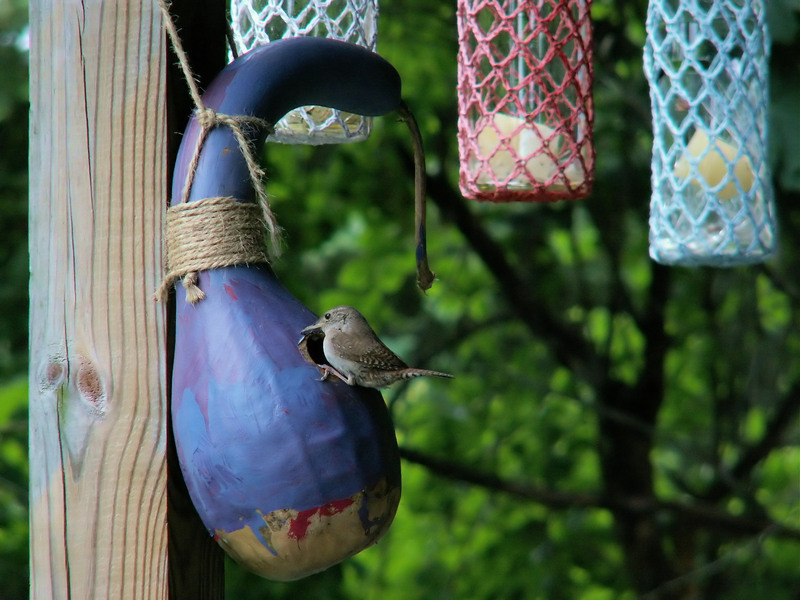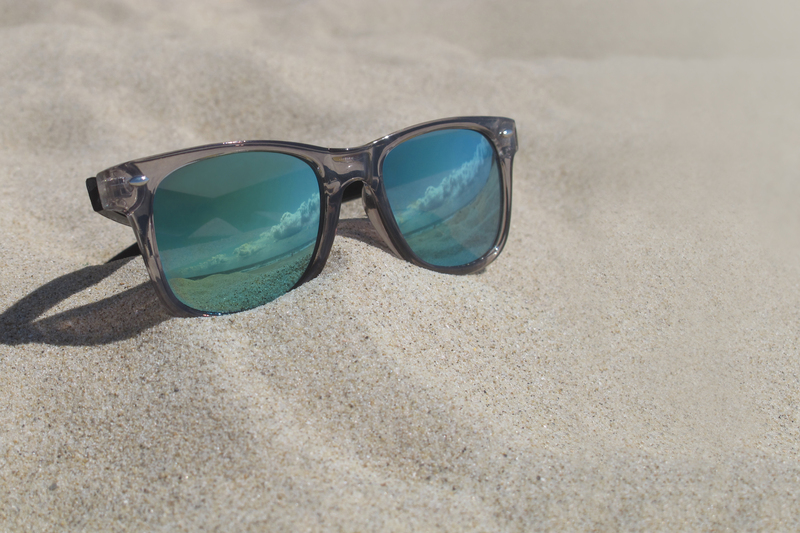Upcycling as Art: Transforming Trash Into Thought-Provoking Sculpture
Upcycling has emerged as a fascinating movement in both sustainability and contemporary art. No longer just a utilitarian approach to waste reduction, upcycling today is a means of creative self-expression, environmental activism, and innovative design. Upcycling as art takes discarded objects--often labeled as trash--and transforms them into mesmerizing, thought-provoking sculptures that challenge our perceptions of value, aesthetics, and environmental responsibility. In this comprehensive article, we will explore how artists across the globe are converting refuse into masterpieces, the techniques and philosophies driving the movement, and why upcycling as an art form is creating a stir in modern society.
What Is Upcycling? Understanding the Core Concepts
Upcycling refers to the process of converting waste materials or unwanted products into new materials or products of better quality or for better environmental value. Unlike recycling--which breaks down items to create raw materials--upcycling focuses on creative reuse, retaining much of the original material's form and history while giving it new life and purpose.
- Environmental Protection: Upcycling reduces landfill waste and the demand for new resources.
- Artistic Expression: Artists see discarded items as canvases for storytelling and commentary.
- Sustainability: The practice supports circular economies and sustainable living.
- Innovation: Upcycling encourages novel techniques and artistic experimentation.
By integrating these elements, upcycled art transcends simple reuse; it becomes a powerful tool for inspiration, advocacy, and cultural commentary.

The Rise of Upcycled Sculpture in Contemporary Art
Over the past several decades, the art world has seen a growing interest in unconventional materials. From scrap metal to plastic bottles, trash is finding its place in galleries and public spaces worldwide. These upcycling sculptures serve not only as captivating visual pieces but also as provocative statements about consumption, waste, and the environment.
Key Figures in the Upcycled Art Movement
- El Anatsui--This Ghanaian sculptor is renowned for monumental installations composed of metal bottle caps, discarded foil, and other found materials. His textured tapestries explore themes of waste, history, and transformation.
- Sayaka Ganz--A Japanese artist working in Indiana, Ganz creates dynamic animal sculptures using reclaimed plastics collected from landfill-bound sources.
- HA Schult--This German artist is famous for the "Trash People," life-sized human figures constructed entirely from urban refuse.
- Bordalo II--A street artist from Portugal, Bordalo II's vivid animal murals and installations use brightly colored trash to highlight pollution's impact on biodiversity.
Upcycling as art is not limited to these artists--thousands of creatives worldwide are turning trash into thought-provoking sculptures that invite viewers to reconsider their relationship with debris and the environment.
The Philosophy Behind Upcycling as Art
At its core, upcycling art is about much more than aesthetics. It's a philosophy that rebels against the disposal culture and champions resourcefulness, imagination, and environmental stewardship. Upcycled sculptures often make statements about:
- Consumerism: Challenging viewers to question the lifecycle of products and the impact of waste.
- Environmental Degradation: Raising awareness of pollution through impactful visual narratives.
- Impermanence & Transformation: Demonstrating how discarded items can become new, valuable icons.
This blend of activism and artistic ingenuity turns upcycling into a form of social commentary, sparking discussions around topics like plastic pollution, planned obsolescence, and habitat destruction.
Materials: What Kind of Trash Becomes Art?
One of the most exciting aspects of upcycled sculpture is its open-ended approach to materials. Artists often source their raw components from:
- Scrap Metal: Old car parts, machinery, and construction debris.
- Plastic Void: Water bottles, toys, straws, utensils, and containers.
- Paper Products: Newspapers, books, cardboard, and magazines.
- Electronic Waste: Defunct computers, phones, cables, and circuit boards.
- Textiles: Discarded clothing, fabric remnants, and even shoes.
- Household Items: Furniture, kitchenware, and broken appliances.
Each material comes with a unique texture and story--serving as both the medium and the message in the final sculpture.
The Art of Sourcing and Selecting Materials
The selection process is an integral part of the upcycling art journey. Artists may scour:
- Urban waste sites and street corners.
- Community recycling centers or donation drop-offs.
- Industrial leftovers from factories and workshops.
- Personal discard bins and thrift shops.
Each found object carries its own history, meaning, and potential for transformation. The act of choosing specific pieces is a creative decision that shapes the narrative of the resulting sculpture.
Techniques and Methods in Upcycled Sculpture
Upcycled art demands both technical skill and inventive vision. Some common techniques include:
- Assemblage: Piecing together disparate objects to create unified, three-dimensional forms.
- Welding and Soldering: Fusing metal scraps for stability and artistry.
- Weaving and Braiding: Employing wire, plastic, or textiles to form patterns and structures.
- Carving and Re-shaping: Manipulating wood, plastics, or foam to fit the artist's concept.
- Painting and Decorating: Using paint, varnish, and other treatments to alter the appearance of discarded items.
Each artwork is an intricate balance between the artist's vision and the limitations (or opportunities) presented by the materials at hand. The unpredictability of trash often yields unexpected beauty and provocative textures.
Creating Meaning: Symbolism in Transformed Trash
Many upcycling sculptors use their chosen materials symbolically. For example:
- Building ocean creatures out of single-use plastics as commentary on marine pollution.
- Sculpting human figures from e-waste to critique technological disposability.
- Weaving bottle caps into tapestries as symbols of interconnected human experiences.
These sculptures become both visual masterpieces and vehicles for powerful environmental narratives.
Benefits of Upcycled Art: Why Is This Movement Important?
The global embrace of upcycling art brings numerous environmental, cultural, and social benefits:
- Waste Reduction: Diverting materials from landfills and oceans through creative reuse.
- Raising Awareness: Drawing public attention to pressing ecological issues via engaging artworks.
- Inspiring Innovation: Encouraging new artistic techniques and sustainable design solutions.
- Community Engagement: Fostering collaborative projects and public participation in sustainability.
- New Economies: Supporting local artists and craftspeople, and sparking markets for upcycled creations.
These far-reaching impacts illustrate why the movement continues to gain momentum across creative and environmental sectors alike.
Inspiring Examples of Upcycling as Art
Stunning Public Sculptures from Discarded Materials
- The 'Washed Ashore' Project (USA): Community-built ocean creatures from trash collected on beaches educate visitors about marine debris.
- The 'Trash People' (Germany): HA Schult's army of trash figures has traveled the world, raising awareness of global waste crises.
- "Fallen Star" by Do Ho Suh (USA): Though not traditional upcycled sculpture, this artwork uses salvaged home elements to explore domestic identity and displacement.
- Bordalo II's Urban Wildlife (Portugal): Massive wall sculptures of endangered species, created from local garbage, highlight habitat loss and inspire conservation action.
Gallery Works That Challenge Expectations
- El Anatsui's Tapestries: Large-scale installations that shimmer and flow like fabric, made entirely from aluminum bottle caps sewn with copper wire.
- Sayaka Ganz's Animal Forms: Ethereal animals in motion, crafted from reclaimed plastics and household objects.
- Michelle Reader's Family Portraits: Lifelike busts and figures assembled from discarded toys, gadgets, and mementos.
These works have traveled from local galleries to global art fairs, attracting audiences with their blend of beauty, ingenuity, and urgent messaging.
How to Get Started: Upcycling Sculpture at Home
You don't need a major studio or specialized equipment to begin upcycling art as a form of creative expression. Here's how to get started:
- Collect Materials: Save household items like bottles, cans, packaging, textiles, and old gadgets. Ask friends or neighbors for contributions.
- Get Inspired: Research upcycled art projects online, visit exhibitions, or follow artists on social media platforms.
- Plan Your Piece: Sketch ideas and play with different combinations of materials. Think about the story or message you want to convey.
- Assemble Safely: Use appropriate tools and adhesives. Wear gloves and safety goggles when cutting or welding metals.
- Share Your Art: Exhibit your finished sculpture in your community, participate in eco-art shows, or share images online using upcycling hashtags.
Remember: there's no wrong way to upcycle--creativity is your only limit!
Upcycling as Art in Community and Education
The growing movement of upcycled sculpture isn't just limited to renowned artists or public installations. Community groups, schools, and non-profits are increasingly incorporating upcycled art into educational programs and civic projects. Through hands-on workshops, students and citizens alike can:
- Learn about environmental challenges and responsible waste management.
- Develop design thinking and problem-solving skills.
- Foster teamwork and empathy through collaborative artmaking.
- Strengthen connections between art, science, and social action.
Upcycling as art thus acts as a bridge between environmental education and creative empowerment, making sustainability both tangible and meaningful.

The Future of Upcycling Sculpture: Trends and Innovations
As environmental awareness deepens and technology advances, the future of upcycling in art looks bright and bold. Expect to see innovations such as:
- Tech-Integrated Art: Incorporating sensors, LEDs, or interactive elements sourced from electronic waste.
- Biodegradable Materials: Merging natural and upcycled materials for sustainable, eco-friendly sculptures.
- Community Co-Creation: Larger, crowd-sourced installations with contributions from diverse populations.
- Digital Storytelling: Augmented reality, virtual tours, and online exhibitions that expand access to upcycled art.
These trends hint at a time when upcycled sculpture is not only a vital component of contemporary art, but also a driver of social, ecological, and technological progress.
Conclusion: The Transformative Power of Upcycling in Art
Upcycling as art invites us to see the world with new eyes--to recognize beauty and potential where others see only waste. Through transforming trash into thought-provoking sculpture, artists catalyze powerful conversations about resource use, environmental stewardship, and creative resilience. As both a philosophy and a practice, upcycled art stands at the intersection of imagination, activism, and sustainability.
Next time you walk past a bin or a piece of litter, remember: that object could be a part of tomorrow's masterpiece(TM). Join the movement, and discover how your discarded treasures can become part of a brighter, more sustainable future through art.